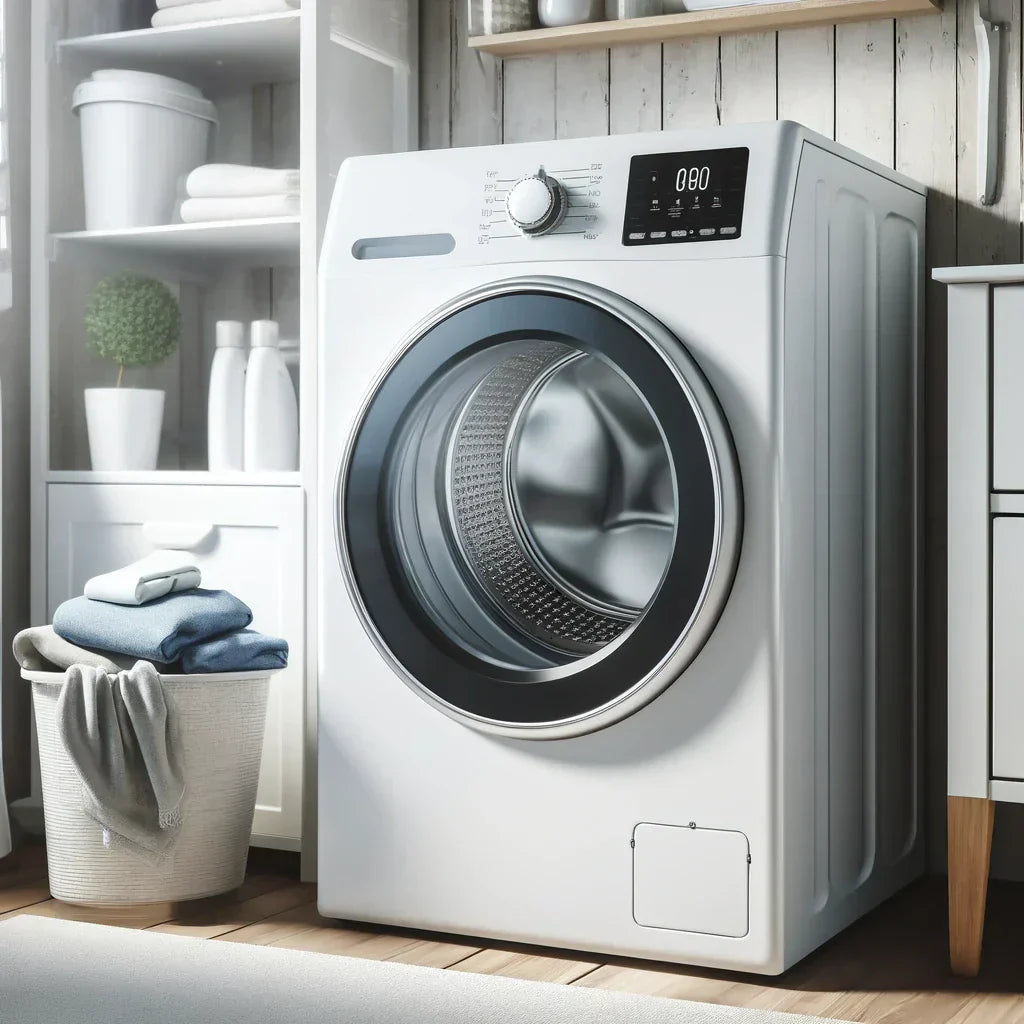
Dryer Making a Squeaking Noise? Check These Parts First
Share
If your dryer is making a high-pitched squeaking noise, it’s a sign that one or more components may be worn out or malfunctioning. Ignoring the sound can lead to further damage and potentially costly repairs. Here are the most common parts to check when troubleshooting a squeaky dryer:
1. Drum Support Rollers
The drum support rollers help the drum rotate smoothly. Over time, these rollers can wear out, leading to squeaking or even thumping noises. If the rollers appear worn or don’t spin freely, replacing them may solve the issue.
2. Idler Pulley
The idler pulley maintains tension on the dryer belt. If the pulley’s bearings wear out or seize, it can cause a loud squeaking or squealing sound. Inspect the pulley for signs of wear and replace it if necessary.
3. Dryer Belt
A worn-out or frayed dryer belt can produce squeaky noises as it moves over the drum. If the belt is damaged, replacing it is a simple and cost-effective fix.
4. Glides or Drum Slides
These plastic or felt pads help the drum rotate smoothly. Over time, they can wear down, causing friction and noise. If the glides appear thin or damaged, replacing them can restore quiet operation.
5. Blower Wheel
A loose or misaligned blower wheel can create a squeaking noise as it spins. Check for obstructions or damage and ensure it’s securely attached to the motor shaft.
6. Motor Bearings
The motor bearings allow the motor to run smoothly. If these bearings wear out, the motor may produce a squealing noise. Unfortunately, this usually requires replacing the entire motor.
Troubleshooting Tips
-Turn the drum by hand: If it squeaks, the issue is likely with the rollers, glides, or belt.
-Run the dryer without clothes: If the noise persists, internal components need inspection.
-Listen for location: Pinpointing the noise can help identify the affected part.
If you’ve identified the faulty component but aren’t sure how to replace it, consult your dryer’s manual or contact a professional repair service. Addressing the issue early can prevent further damage and keep your dryer running smoothly!
